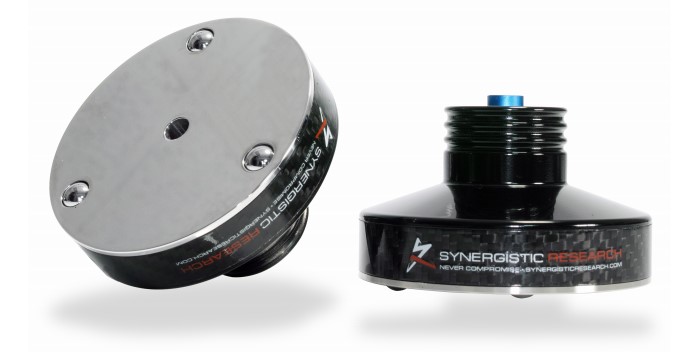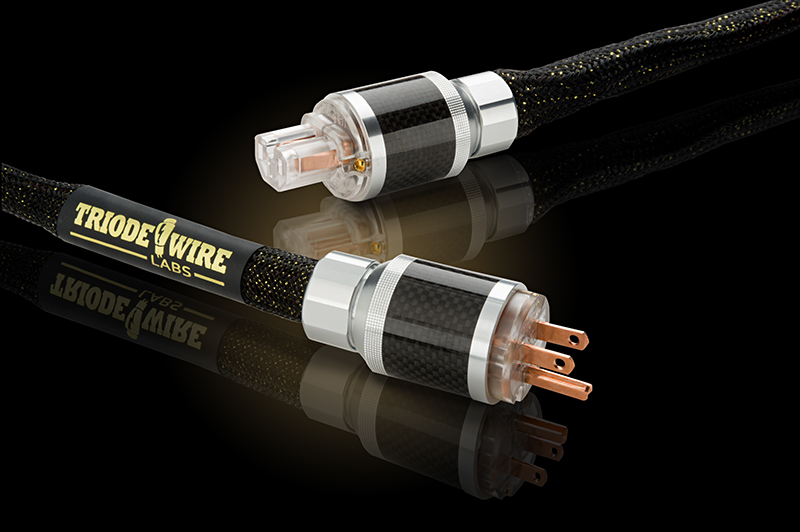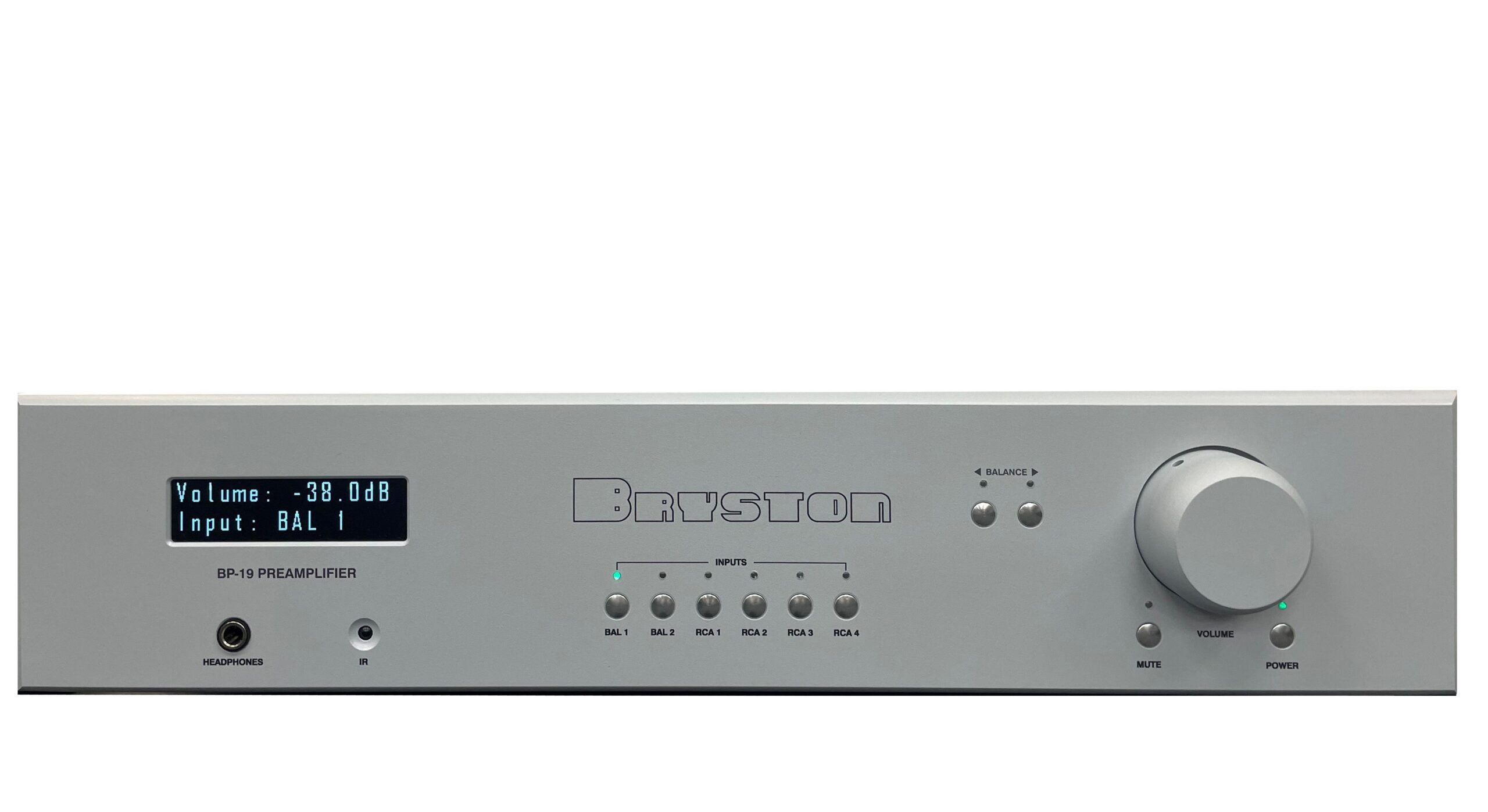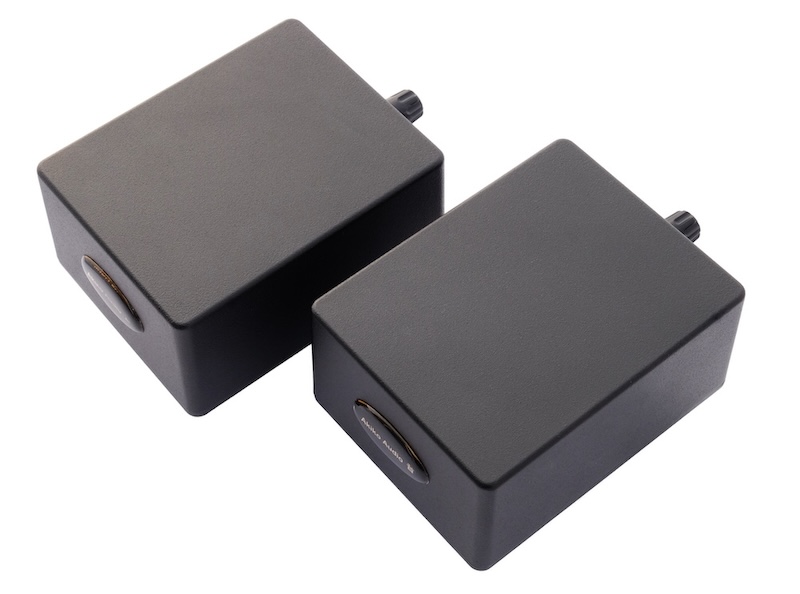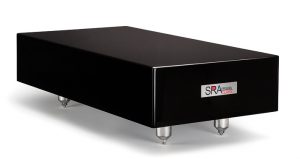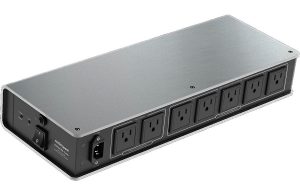A fairly common thread that runs through most audiophiles who are partial to vinyl rather than digital, is their penchant for tweaking. In contrast to digital domain, where there is a limited scope to tweak the sound, in the analog domain, a cornucopia of tweaking opportunities abound, and many analog buffs revel in them.
Some analog connoisseurs have confessed to me that the tweaking process adds a great deal of pleasure to the whole experience of enjoying their vinyl record collection. In fact a few of them have even owned up to indulging in tweaking their turntables before almost every one of their listening sessions in their obsessive quest of squeezing every last iota of performance from their audio systems.
One of the biggest differences between the budget priced turntables and their more expensive 5-figure and even 6-figure priced counterparts, is the size and weight of the turntable platter. Many of the turntable models that aspire to be the state-of-the-art sport exponentially larger and heavier platters compared to their more affordable counterparts, and in most cases that helps to give vinyl records a more stable, resonance dampened environment, which in turn, allows the tone arm and stylus to track and read the record grooves a lot better. A suitable analogy would be trying to read a book while in the back seat of a car driving down a highway, as opposed to reading the book while on a roller coaster ride.
If, like me, you are not one of the fortunate owners of a turntable that is equipped with a very large and obscenely heavy platter, and which usually costs as much as a luxury automobile, then you have to look for other ways to try and achieve stability that is closer to those provided by prohibitively expensive turntables. One of those ways is to invest in a good quality record weight.
Unlike many other turntable tweaks, which can take an inordinate amount of patience and time to install, adjust and fine tune, record weights are relatively simple and quick to implement, and so they are an attractive way to enhance the performance of your turntable.
When Andy Wiederspahn of Synergistic Research offered me the UEF Record Weight for review, my first request to him was to check if it is designed to fit the extra long Triangle Art Turntable spindle, which towers an unusual 25mm over the platter surface. This extra long spindle prevents you from using most record weights. Andy got one of his techs to check it out. They found that their UEF Record Weight would fit comfortably, even over this unusually long spindle.
Like most other record weights, the Synergistic Research Uniform Energy Field (UEF) Record Weight takes just a few seconds to place on your turntable spindle, however unlike most other record weights that I have encountered, it offers an additional bonus, i.e. it allows you two variations in the form of an external option that permits you to choose from one of two sonic balances, a Red or a Blue High Frequency Transducer (HFT) that delivers either more air and detail (blue) or if you prefer, more warmth and liquidity (red), based on what you choose. The HFT is inserted into a cavity atop the record weight.
The very first thing that struck me about the UEF was its weight. I have come across many record weights in all shapes and sizes, but for its relatively diminutive size, the UEF is surprisingly heavy, extremely well built, and has a very solid chunky feel to it. Drop it on your foot at your peril, because that could have very painful consequences!
There are some obvious design and technology similarities between the UEF Record Weight and Synergistic Research's MiG SX footers, which I reviewed earlier this year (HERE). The first decision that Synergistic Research had to make was whether to design a record weight that would clamp on to the center platter spindle or if it would be a design that would lie suspended around the spindle, but rest all its weight on the vinyl record / turntable platter surface.
Intuitively, the first instinct was to gravitate towards the "clamp" design, but what Synergistic Research discovered was that the clamp design, because it was tethered to the spindle, made it an extension of the platter, and that prevented minute variations in lateral and vertical movements, which degraded the soundstage by compressing it. This prompted Synergistic Research to traverse the suspended record weight route. By the way, the weight that Triangle Art offers with its turntable is a clamp design that screws on to the spindle, which is why Triangle Art Turntables have an unusually long spindle in the first place.
The next step was to experiment with different mass loads in the main stainless steel and carbon fiber body, as well as the leaf spring suspensions that connect the mass of the stainless steel and the tungsten carbon bearings that make contact with the vinyl record itself. The R & D that culminated in the MiG design had already made it clear to Synergistic Research that bearings made of tungsten carbon were superior to bearings made out of other metals like bronze, stainless steel, and brass.
This audition was done using not just the UEF Record Weight, but also the MiG Footers below my Triangle Art Concerto Turntable, which I found to have a very positive effect on the sonic reproduction, details of which I elaborated on in that review. The UEF Record weight measures 2.9" high, 3.2" wide and 3.2" deep. It weighs 2.1 pounds.
What jumped out from the very outset of the audition is the effect that the UEF Record Weight had on the reproduction of the sound stage, which is now discernibly more stable and solid. I assume that this is achieved because the UEF allows the tone arm and the stylus to read the grooves more accurately. I much preferred the blue HFT to the red for all the music that I used in this audition. To my ears, the blue HFT removed another veil from the music.
I began the audition with the track "4.30am – (Apparently They Were Traveling Abroad}" from Roger Waters' album The Pros and Cons of Hitch Hiking. The track begins with Rogers' voice that is barely above a whisper and then transitions to a crescendo where he screams the lyrics with unbridled rage.
With the UEF installed, the soundstage locked into a more solid and stable state where Rogers' voice had more presence and body. The emotion in his voice is more distinctive. While he whispers, it sounds more delicate, intimate, and fragile, and during the crescendos, the rage in his voice is more apparent. The guitar work backing the voice has more weight and tonal accuracy. It is also easier to pinpoint the voice and the various instruments on the soundstage. The overall sound is more organic and "together" than before.
Next up was "Hard Headed Woman" from Cat Stevens Tea for the Tillerman album, which has been an audiophile mainstay for many decades now. I am very familiar with this track, which has very intricate melodies despite its relatively simple arrangement. Here again, the biggest difference that the UEF makes is to the soundstage. I could detect more dimensionality and timbral accuracy to the whole performance. The guitar sounds sweeter and more detailed while the percussion sounds tighter and with better PRaT. There is no doubt that the UEF enhances the level of listening enjoyment and reduces listening fatigue quite substantially.
During this audition, I had one of my audiophile buddies bring his Shun Mook Record Clamp to compare it to the UEF Record Weight. This clamp was produced in limited quantities because the ebony briarwood it is made from is so rare. It has now become a collector's item, which sells for around $5000.
In comparison to the UEF, the Shun Mook has slightly more focus and makes the music tonally a bit richer. However, if I had to choose between the two, I would opt for the UEF because, to my ears, the enhanced stability that it renders to the sound stage trumps the improved focus and tonality of the Shun Mook.
This comparison also puts the price of the UEF into perspective. At $895, the UEF is hardly cheap, but when you consider that the Shun Mook is more than five times the price of the UEF, while offering only subtle and modest improvements in just a few areas, it does seem like the UEF offers relatively good value for money.
You also need to take into consideration that Synergistic Research offers a guarantee that if you are not satisfied with the performance of the UEF, you can return it for a full refund.
If you do not have one of those fancy 5-figure or 6-figure price turntables with those crazy heavy platters, you owe it to your ears to try out the UEF. There is a good chance that it will make your turntable sound like you just upgraded it to a model that sports a significantly higher price. If it does not, you can always avail of Synergistic Research's no fuss return policy.
Synergistic Research UEF Record Weight
Retail: $895
Synergistic Research Inc.
11208 Young River Ave.
Fountain Valley, CA 92708
949.476.0000




